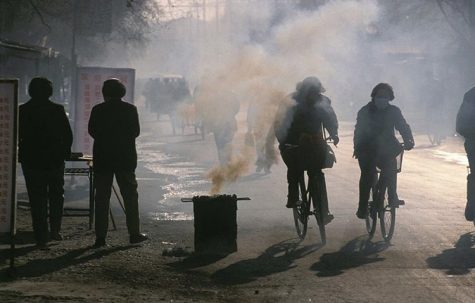China is a fast-growing industrialized country, but that comes with a price.
China’s air quality has been growing worse, causing hundreds of thousands of premature deaths due to the air pollutant PM2.5.
PM2.5, particulate matter, is formed as a result of industrial emissions and burning fuel; it is also the smallest pollutant, allowing it to permeate almost everything.
According to the Environmental Protection Agency, the causes are deadly – heart attacks, worsening diseases and many effects on the respiratory system, making it strenuous to breathe.
5-day forecast of PM2.5 concentration in China (Wed to Sun). Install our app: https://t.co/CZDNEeFMmt #airquality pic.twitter.com/prCZlvZYkV
— ChinaAQI (@ChinaAirQuality) February 11, 2020
1.61 million Chinese citizens have died from air pollution each year since 2016.
One of the most visible effects is a haze in the air, making it difficult to see.
Not only does it harm people, but it also ruins the environment.
The EPA proves that PM2.5 makes water acidic, depletes the nutrients in soil and affects the diversity of ecosystems.
To keep track of the air quality, China measures an AQI.
Some cities have hazardous levels of pollution, enacting change from Chinese officials, including President Xi Jinping.
Jinping has put a cap on coal consumption with their goal to reduce it 58% by 2020, which they expect to hit.

In comparison, in 2018 the US consumed 317 million tons of coal, while China’s coal consumption reached 1.91 billion which is six times as much.
